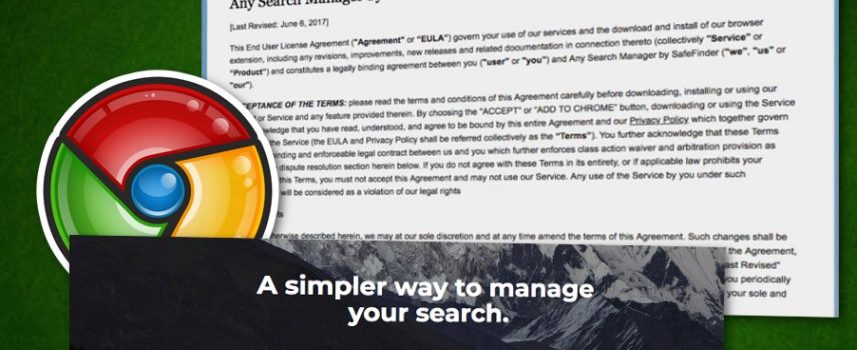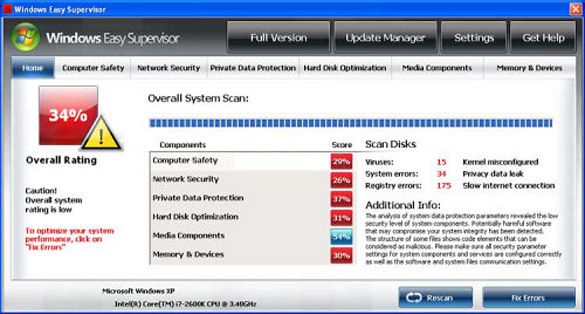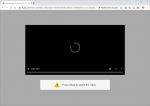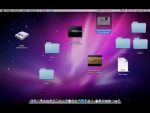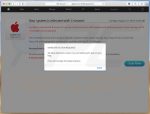A number of computer users have unfortunately run into an application called Windows Easy Supervisor which has been verified by many security research sites to be a fake ant-spyware and computer repair program. Windows Easy Supervisor is known to render fake system scans and several annoying pop-up alerts that keep computer users from utilizing their PC like they normally would. Even still, computer users who have encountered Windows Easy Supervisor are not able to view web pages like they normally would mainly because Windows Easy Supervisor keeps rendering alert notifications plastered across their screen.
Windows Easy Supervisor is not a viable solution to detecting and removing any type of computer malware including viruses, spyware, and Trojans. Windows Easy Supervisor can be compared to another popular fake security program called Fake Microsoft Security Essentials. The creators of Windows Easy Supervisor want to make it look like a program that should be purchased so it can remove all of the nasty parasites that are supposedly on your computer. The problem with that is two-fold because Windows Easy Supervisor is not able to remove parasites and any parasite that it says it has detected is actually fabricated. Computer security experts will suggest that users faced with Windows Easy Supervisor should take immediate action to utilize a trusted and updated anti-spyware or anti-virus program to safely remove Windows Easy Supervisor.
How Can You Remove Windows Easy Supervisor?
Windows Easy Supervisor can be very difficult to manually remove if you are an inexperienced computer user. Not to mention, Windows Easy Supervisor has been known to populate the Windows Registry with many different entries and removing the wrong entries could render a PC damaged or useless. The use of a reputable antispyware or antivirus tool is recommended to safely remove Windows Easy Supervisor from your Windows computer.
To easily remove Windows Easy Supervisor, find the following process and end them in the task manager. After that is done, delete each related Windows Easy Supervisor file from your hard drive. In additional to locating the following processes, it is recommended that you delete the Windows Easy Supervisor registry entries listed below as well. It is also a good idea to uninstall the Windows Easy Supervisor application via your add/remove programs function found in the Windows Control Panel if your system recognizes Windows Easy Supervisor has an installed program.
Windows Easy Supervisor files (and folders) to remove:
- %UserProfile%\Application Data\Microsoft\[random].exe
Windows Easy Supervisor registry entries to remove:
- HKEY_LOCAL_MACHINE\SOFTWARE\Microsoft\Windows NT\CurrentVersion\Image File Execution Options\afwserv.exe “Debugger” = ‘svchost.exe’
- HKEY_LOCAL_MACHINE\SOFTWARE\Microsoft\Windows NT\CurrentVersion\Image File Execution Options\avastsvc.exe “Debugger” = ‘svchost.exe’
- HKEY_LOCAL_MACHINE\SOFTWARE\Microsoft\Windows NT\CurrentVersion\Image File Execution Options\avastui.exe “Debugger” = ‘svchost.exe’
- HKEY_LOCAL_MACHINE\SOFTWARE\Microsoft\Windows NT\CurrentVersion\Image File Execution Options\egui.exe “Debugger” = ‘svchost.exe’
- HKEY_LOCAL_MACHINE\SOFTWARE\Microsoft\Windows NT\CurrentVersion\Image File Execution Options\ekrn.exe “Debugger” = ‘svchost.exe’
- HKEY_LOCAL_MACHINE\SOFTWARE\Microsoft\Windows NT\CurrentVersion\Image File Execution Options\msascui.exe “Debugger” = ‘svchost.exe’
- HKEY_LOCAL_MACHINE\SOFTWARE\Microsoft\Windows NT\CurrentVersion\Image File Execution Options\msmpeng.exe “Debugger” = ‘svchost.exe’
- HKEY_LOCAL_MACHINE\SOFTWARE\Microsoft\Windows NT\CurrentVersion\Image File Execution Options\msseces.exe “Debugger” = ‘svchost.exe’
- HKEY_CURRENT_USER\Software\Microsoft\Windows\CurrentVersion\Internet Settings “WarnOnHTTPSToHTTPRedirect” = ’0′
- HKEY_LOCAL_MACHINE\SOFTWARE\Microsoft\Windows\CurrentVersion\Internet Settings “WarnOnHTTPSToHTTPRedirect” = ’0′
- HKEY_LOCAL_MACHINE\SOFTWARE\Microsoft\Windows NT\CurrentVersion\SystemRestore “DisableSR ” = ’1′
